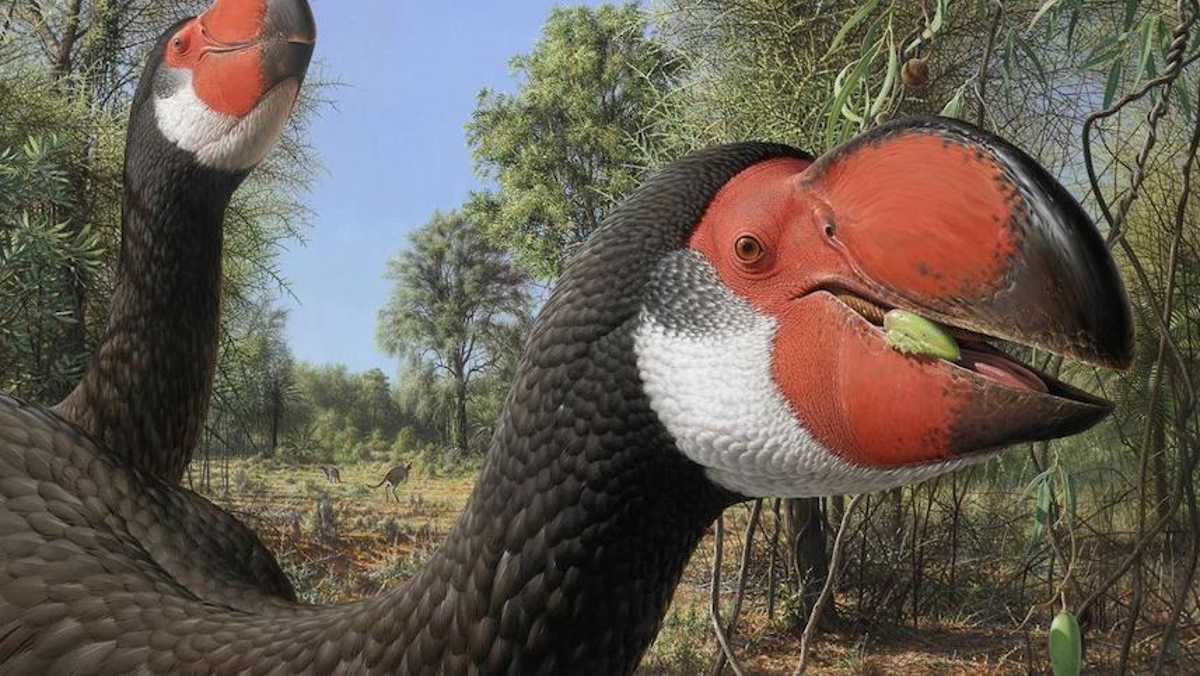
Slow breeding patterns coupled with a changing climate led to the extinction of the iconic Australian “thunderbird” over 40,000 years ago, a new study has suggested.
The research, published recently in the journal The Anatomical Record, assessed big bones from the extinct giant thunderbird or dromornithid, excavated in the northern reaches of the Flinders Ranges and near Alice Springs in Australia.
Scientists, including those from Flinders University, say the size and breeding cycle of these birds gradually changed over millennia, but they couldn’t keep pace with the climate and environmental changes happening around them.







